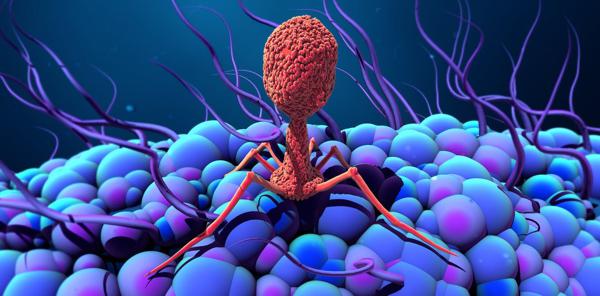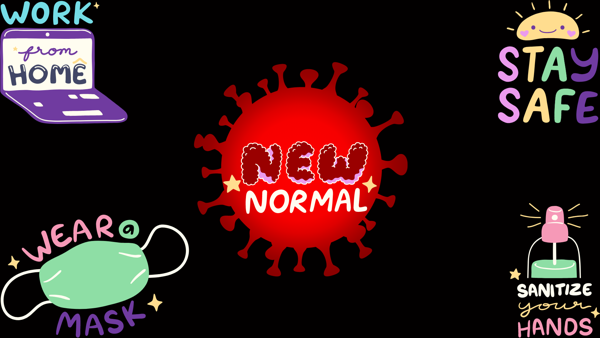Viruses are one of the most complicated beings. They cannot be termed as living beings, as they do not show any features as expected. They don't move; they don't respond to stimuli, don't show metabolism, etc. However, the only thing they do is reproduce, for which they need a host. For this reason, they are called obligatory parasites. It's interesting to see how these viruses reproduce.
Viruses cannot enter your body all by themselves. They either get inside your body through contaminated air, contaminated syringes, wounds, sores, etc. Nothing much happens as soon as they enter your body because they are too specific. They don't cause any damage until they find suitable cells. By this time, if they are floating around the bloodstream, our body's defense mechanism destroys them in no time. You might have been exposed to a lot of viruses till now. All thanks to your immune system that is keeping you healthy. But then, these viruses somehow escape the defense mechanism and end up making us ill. What is it that they do? Let's figure it out.
- Adhesion: Once the virus reaches its host cell, it finds the specific receptor for adhesion and links itself through the surface proteins. One can relate this process to lock and key. Not all keys sit into the keyhole and unlock it. Only specific ones do, and so are these surface proteins.
- Transfer of Genetic material: This can be in two ways. Few viruses like the phages insert the genetic material through their tails. While other types of viruses enter the cell and uncoat themselves.
- Replication: This is the crucial part of viral reproduction. Viruses have different genetic materials. Few are DNA viruses that incorporate themselves into the host genome and manage to replicate. Others are RNA viruses that are either capable of replicating entirely without any changes or change to DNA using special enzymes called reverse transcriptase. The ultimate goal of replication is to produce proteins that are necessary to form a complete virus.
- Assembly and Release: The viral parts in the host cell assemble themselves to form a complete virus. Millions of viruses come out from a single host cell. Few viruses lyse the host cell through a specific set of proteins, and others utilize the host membrane as an additional layer around them to escape.
This way, the new viruses attack the neighboring host cell and destroy the organism in no time. The replication process of the viruses is small when compared to that of any other organism. However, there are two types of reproduction; The lytic and the lysogenic cycle. The former is just the methods mentioned above. The latter one is pretty dangerous. Initially, it follows the lytic cycle, but it halts the process at the replication. Nothing happens for a long time, but the viral genome gets replicated along with the host cell for multiple generations until it gets triggered to replicate. Multiple host cells get killed at once. The factors that can trigger can be from simple to sunlight to something we don't understand.
All this looks simple but is the worst thing to handle. The reason why it is tedious to deal with lies in the process. Everything happens inside the host cell, complicating the production of a drug that could help us fight. Unless the host has a defense mechanism, it's always a goodbye.





0 Comments